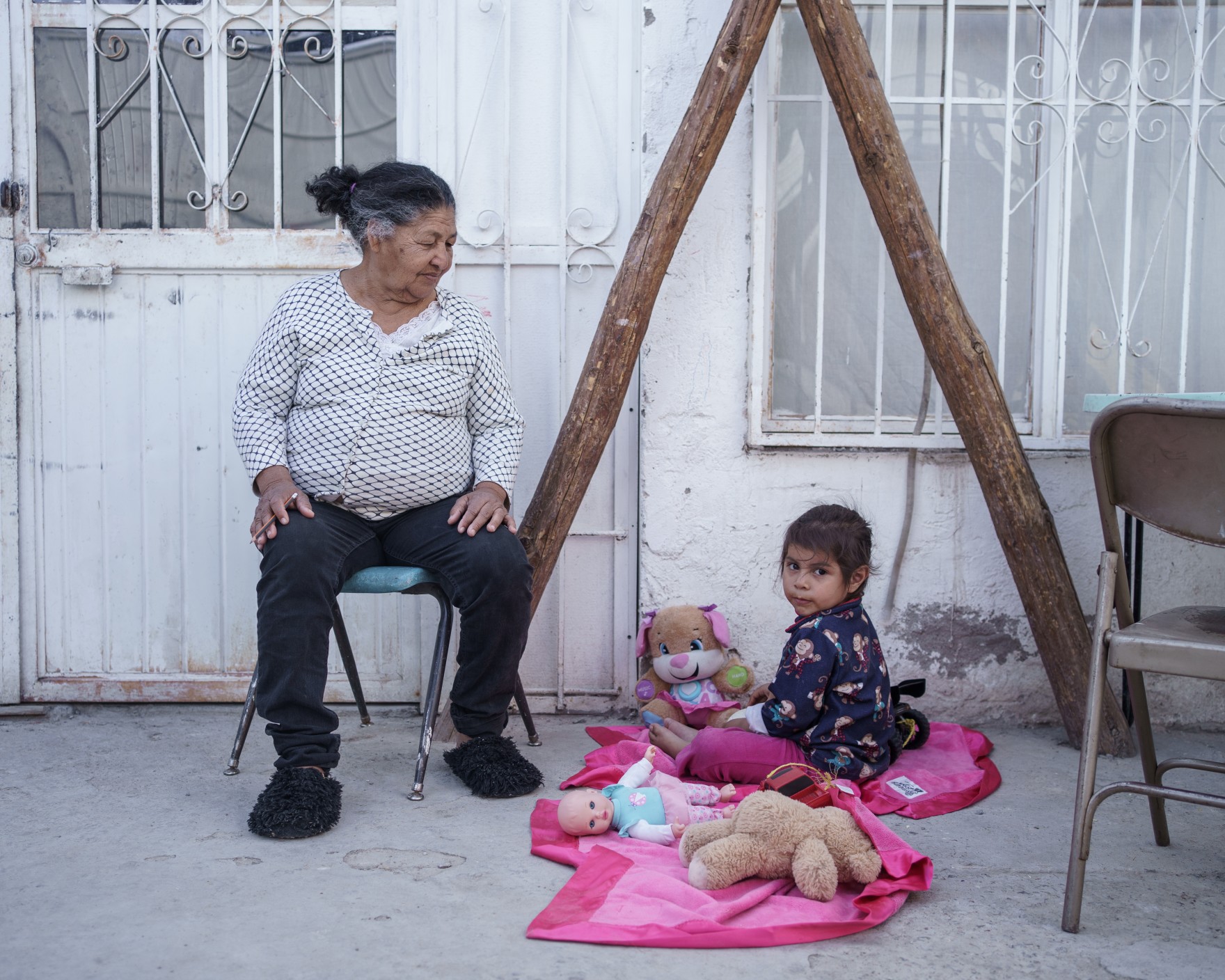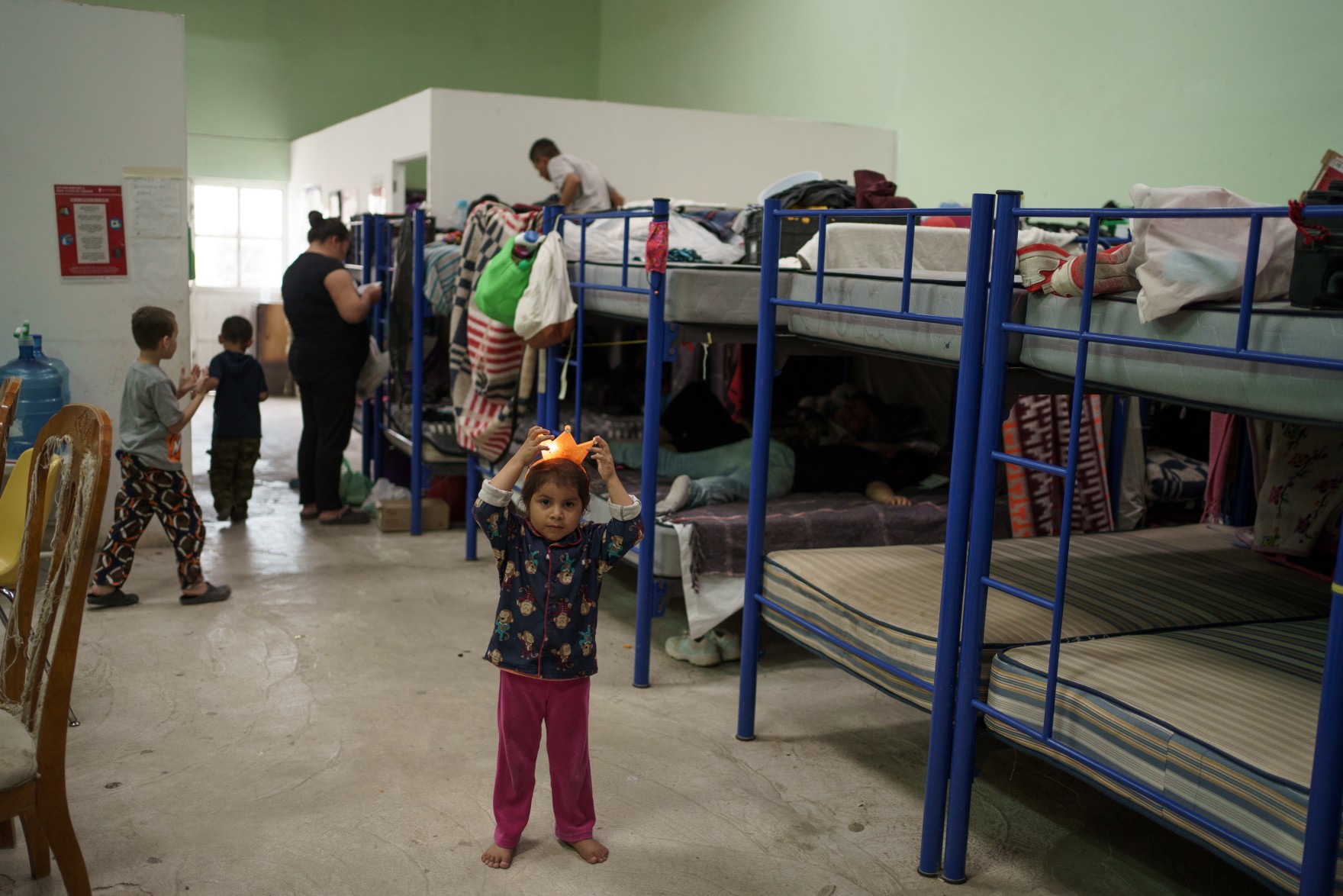After a year and a half at El Buen Samaritano migrant shelter, Ingrid Lizette Muñoz Ramos was finally preparing to leave.
She patted her suitcase, resting on top of the bunk bed where she, her husband and two children had slept since arriving in Juárez.
“I can’t find the words to express the happiness in my heart,” she said.
Muñoz said she and her family fled violence in Guatemala. When they arrived at the U.S.-Mexico border and asked for asylum, they were enrolled in the Migrant Protection Protocols (MPP), also known as the “Remain in Mexico” program. Like thousands of others, they were sent back to Juárez to wait out their court proceedings.
Now, President Joe Biden is unwinding the Trump-era policy. Asylum seekers like Muñoz, who were placed in “Remain in Mexico” and still have active cases in U.S. immigration court, can now continue their proceedings inside the U.S.
There is still no word on what will happen to the tens of thousands of migrants who were denied asylum, or ordered deported after missing a hearing while enrolled in MPP.
Muñoz registered to enter the country through a website run by the United Nations refugee agency, UNHCR. When she finally received a date to cross, it didn’t seem real.
“I couldn’t believe it,” she said.
Her family is heading to Virginia to stay with her older brother. She hasn’t seen him in almost 20 years, and planned to hug him really hard.
Nine other residents were also due to cross the border, so there was a flurry of activity in the shared rooms at the shelter.
Families sat on bunk beds, sorting through their belongings. They packed what they could take and gifted the rest to other residents.
Eda Cristelia Melendez Vallecillo listed the items she received: a towel, shampoo, clothes and toys for her 3-year-old granddaughter, who happily twirled in her new light-up crown.
Some people at the shelter are still waiting to learn when they will be removed from “Remain in Mexico” and given a date to cross. But others, like Melendez, don’t know if and when they’ll ever be allowed to enter the U.S.
They arrived at the border after it was already closed to most migrants and asylum seekers, under a public health order known as Title 42.
“Now that people in MPP are crossing, who have been here longer, at least give us that opportunity too,” Melendez, 70, said. “We don’t know anything.”
The order, issued last March, allows immigration officials to expel or turn away migrantsduring the coronavirus pandemic, without documentation or, often, access to due process.

















